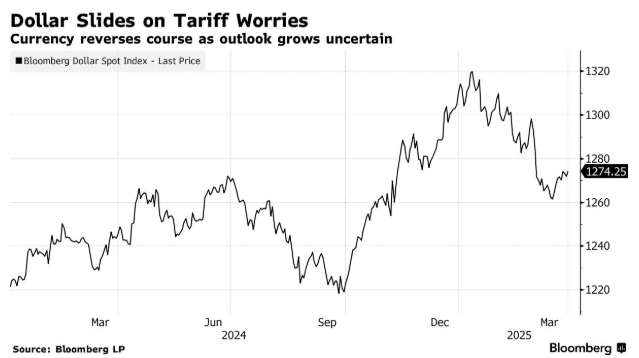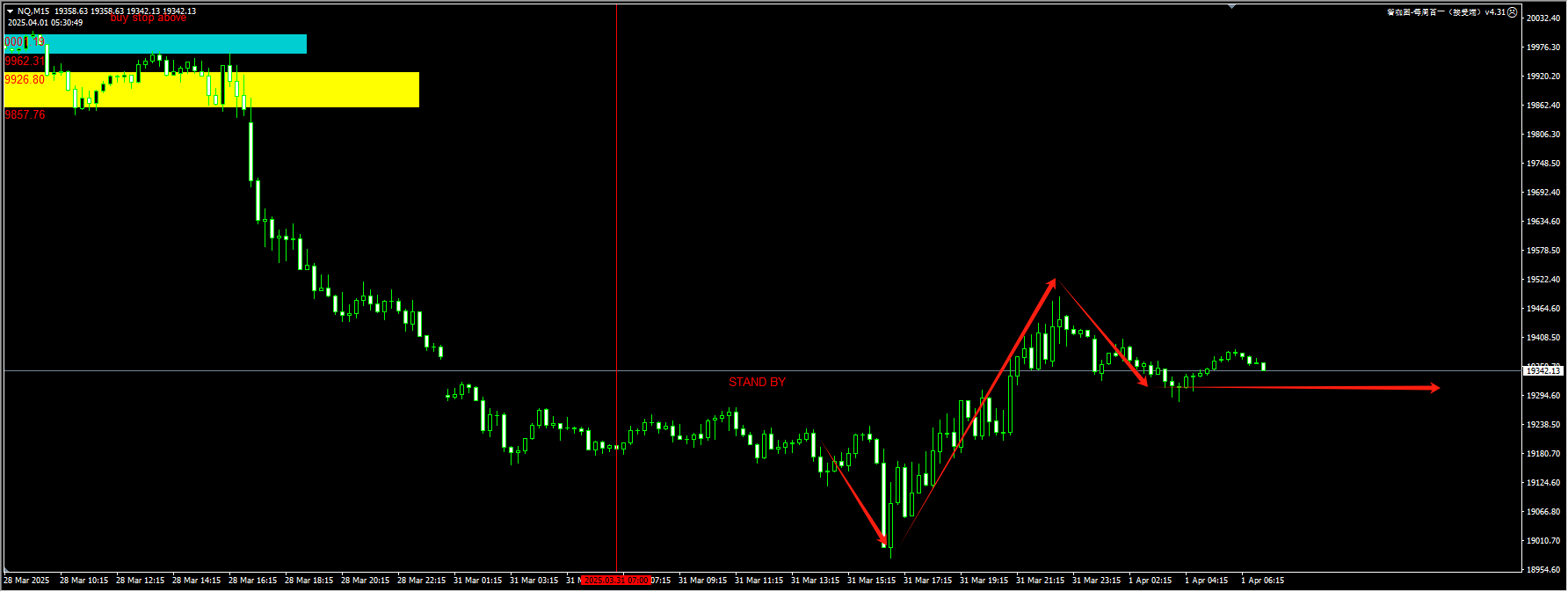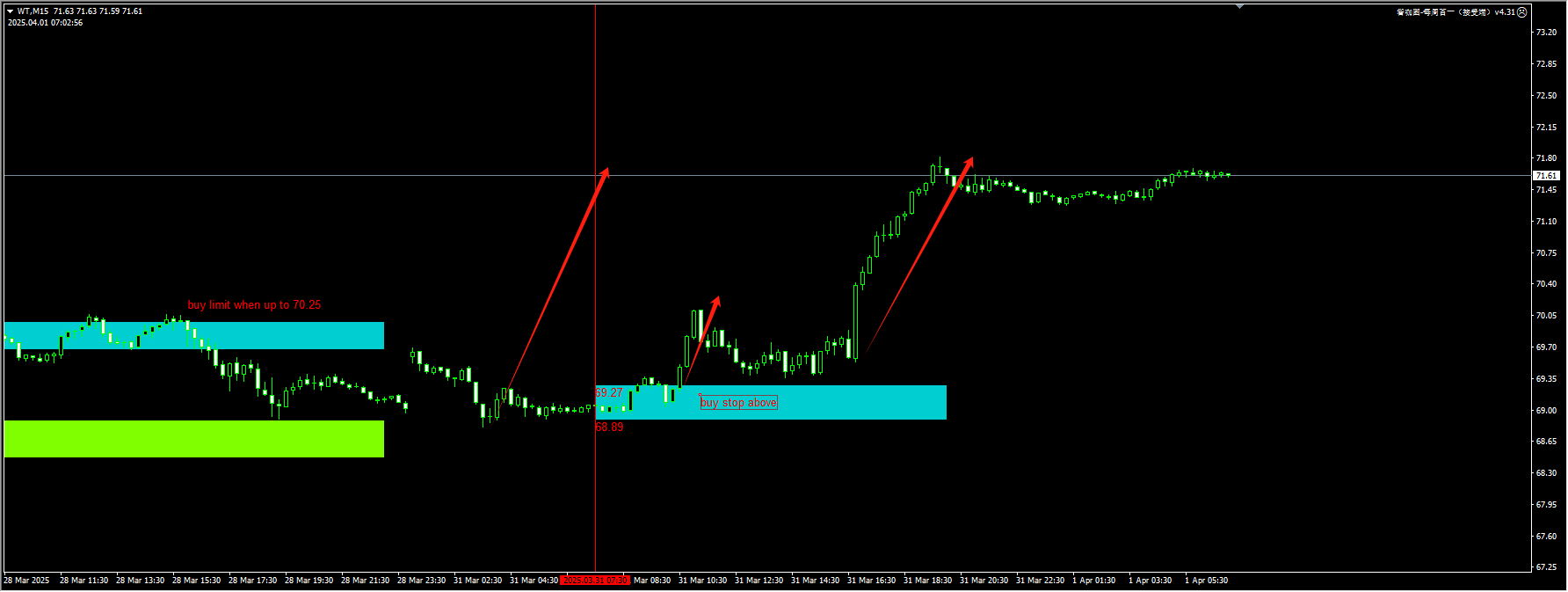Wells Fargo’s currency strategists said that the US dollar would be one of the market winners in President Donald Trump’s trade war.
Concerns over the consequences of his plan to raise tariffs further have roiled global financial markets – the dollar and stock markets have both fallen so far this year amid fears that it could reignite inflation and hamper the US economy.
But strategists at Wells Fargo, including Aroop Chatterjee, say the dollar’s decline could be temporary: In a note to clients on Monday, they said the dollar could rise by 1.5% to 11%, depending on various models of how much the U.S. raises tariffs and how other countries respond.

The main reason is that US tariffs will weaken the demand for overseas goods and drag down the value of foreign currencies. In addition, the impact of inflation may prompt the Federal Reserve to maintain high interest rates. Wells Fargo said that if other governments do not take retaliatory measures, the US dollar will benefit the most, and the extent of the reduction in gains will depend on the response of other countries.
Chatterjee said in an interview: “The issue of competitiveness has driven the dollar stronger, and the expectations of monetary policy have also pushed the dollar higher. To some extent, this has led to the dollar’s strength in the context of tariffs.”
In the first three months of this year, the US dollar declined against most major currencies amid concerns that Trump’s policies might drag down economic growth. On Monday, global markets experienced another round of volatility as traders awaited Trump’s announcement of the next round of tariffs on Wednesday.
“But all these policy uncertainties and the global spillover effects of actual tariff hikes have been seriously underestimated,” Chattterjee said. “This might be where we differ from the current market positioning.”
Global banks such as JPMorgan Chase expect China to roll out the long-awaited monetary stimulus measures as early as April, with the exact timing possibly depending on the US tariff hikes and seasonal cash shortages.
According to the latest Bloomberg poll, economists almost unanimously believe that the People’s Bank of China will cut the reserve requirement ratio in the second quarter, a move that will release hundreds of billions of yuan in loan and investment funds. This is one of several available tools for officials to inject liquidity in the coming weeks.
April 1 is the deadline for the United States to review whether Beijing is complying with the so-called Phase One trade deal reached during Donald Trump’s first term. And before that, policy was approaching a turning point. The next day, the US president plans to impose comprehensive reciprocal tariffs on global trading partners, which is one of the expected statements that could lead to additional tariffs on China.
Qin Yong, chief economist of the funds department of Sumitomo Mitsui Banking Corporation, said, “If the tariff rate announced on April 2nd is relatively high, monetary policy will need to stabilize market sentiment and offset concerns about the economy. April could be a good time for a reserve requirement ratio cut.”
Technical analysis:
Gold: The price has begun to challenge the 3150 level. The conflict between the US and the Houthi forces in the Middle East, as well as the impact of Trump’s announcement of the second phase of tariffs on April 2nd, have become the strongest support for gold. After the price pulled back to the 3100 integer level yesterday, it continued to break through the platform resistance of 3125/30 and is currently adjusting at the 3150 level. It is recommended to continue to look for new demand areas to buy today, while coordinating with the liquidity cleaning behavior at the opening of the offshore market. For detailed positions, please consult the plugin.

(Gold 15-minute chart)
The plugin is updated from 12:00 to 13:00 every trading day. If you want to experience the same plugin as shown in the chart, please contact V: Hana-fgfg.
Nasdaq: We suggested a wait-and-see attitude towards the Nasdaq index overnight, and the price movement was in line with our expectations. After a drop of 2.5%, it rebounded in a V-shaped pattern and did not show a trend. We believe that the price will remain at the recent low level for consolidation during the day. The initial support is around 19,250, and short-term buying can be considered. For detailed positions, please consult the plugin.

(NASDAQ 15-minute chart)
The plugin is updated from 12:00 to 13:00 every trading day. If you want to experience the same plugin as shown in the chart, please contact V: Hana-fgfg.
Crude oil: The green low-buy zone last Friday and the blue momentum break-buy operation yesterday were both highly successful. For today’s trading, we suggest locking in some profits and moving the stop-loss to the break-even point. Then, watch for a possible pullback to around 70.50 before considering new buy signals. For detailed positions, please consult the plugin.

(Crude Oil 15-Minute Chart)
The plugin is updated from 12:00 to 13:00 every trading day. If you want to experience the same plugin as shown in the picture, please contact V: Hana-fgfg.
Today’s key financial data and events to focus on:
16:00 Eurozone March Markit Manufacturing Purchasing Managers’ Index (PMI) Final Reading
16:30 UK March Markit/CIPS Manufacturing Purchasing Managers’ Index
17:00 Eurozone March consumer price index preliminary value
Eurozone unemployment rate for February at 18:0
At 20:30, the President of the European Central Bank, Christine Lagarde, will deliver a speech at the AI conference.
At 21:00, Richmond Fed President Barkin will deliver a speech on monetary policy and the economic outlook.
21:45 US March Markit Manufacturing Purchasing Managers’ Index (PMI) Final Reading
22:00 U.S. JOLTS Job Openings for February (in thousands)
22:00 U.S. ISM Manufacturing Purchasing Managers’ Index for March
